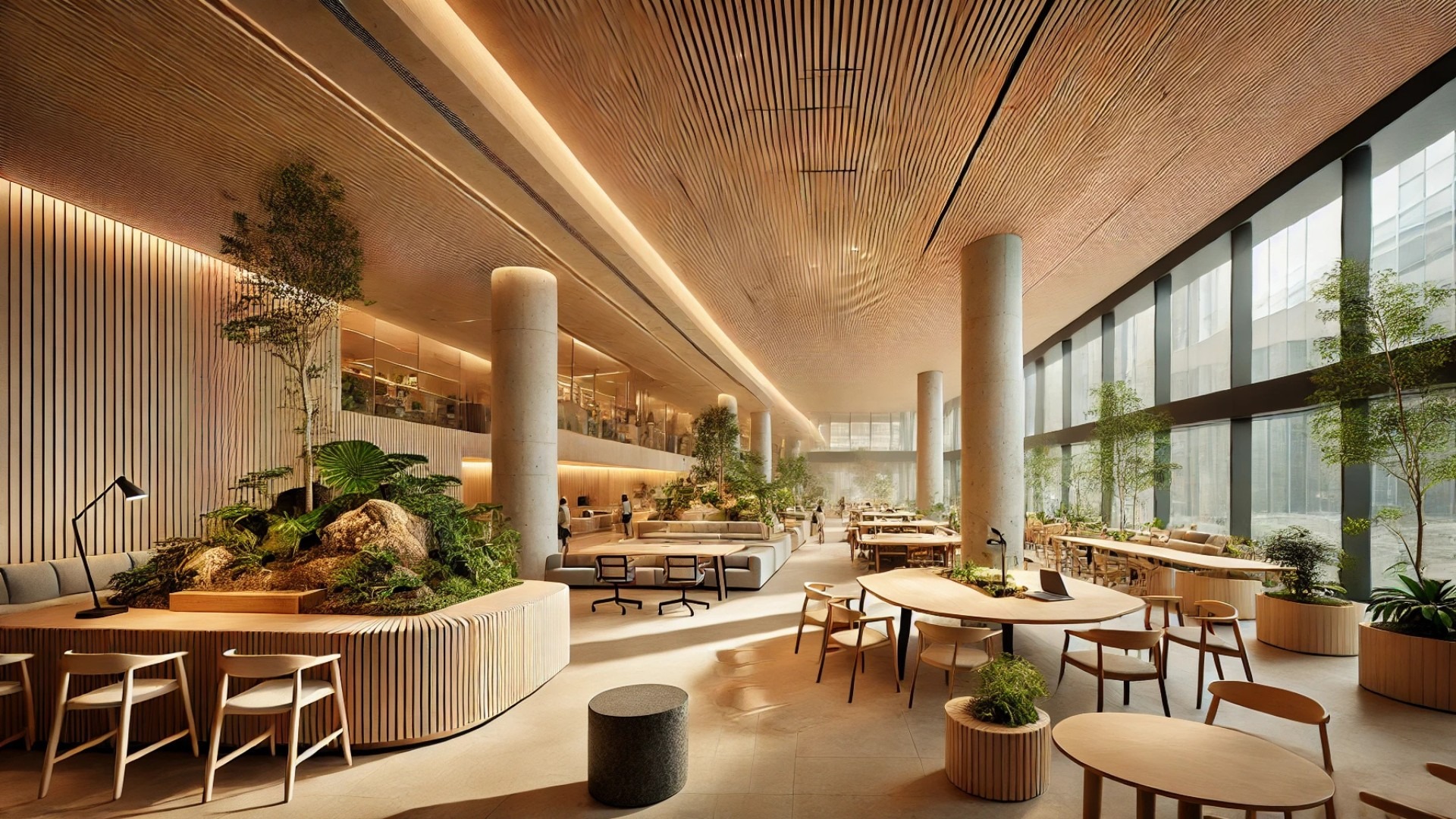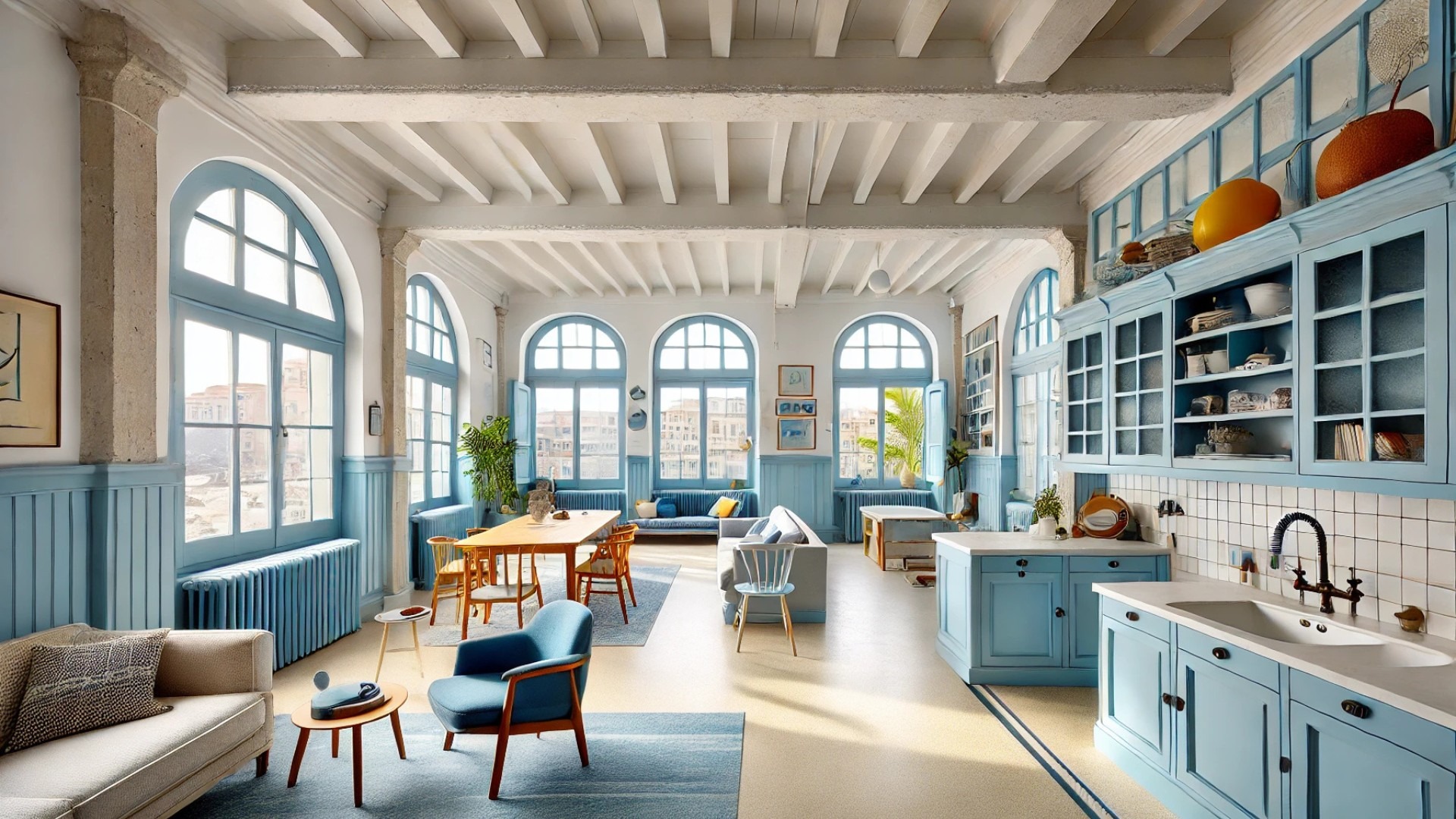
Reimagining Office Spaces: The Earth Centric Design Lab
In the heart of Minato City, Japan, the Earth Centric Design Lab (ECD) emerges as a groundbreaking paradigm in architectural design. This innovative project is led by Takeshi Hosaka Architects, who are redefining the way we perceive our relationship with the Earth through thoughtful office renovation. The ECD is not just another workspace; it represents a shift from a human-centered approach to an 'Earth-centered' ethos, affirming the company’s commitment to environmental stewardship.
Why Shift to Earth-Centric Design?
As designers and architects, our choices have significant implications for sustainability and resource management. The ECD aims to make Earth an essential stakeholder, prompting essential questions about how design can serve nature rather than merely humanity. In a world grappling with climate change and resource depletion, ECD's mission encourages us to reconsider the role of design in fostering a better planet.
Materials Matter: An Earth-Friendly Approach
The renovation of the Earth Centric Design Lab is a testament to the power of mindful material selection. From the woodwork to lighting and even the furniture, every element plays a role in creating a sustainable workspace. The architects incorporated eco-friendly materials and crafted an atmosphere that encourages mindful interaction with the surroundings. Each piece is meticulously selected, showcasing the talent of master artisans and underscoring the importance of sustainability in modern design.
Bringing Nature Inside: The Benefits of Biophilic Design
The concept of biophilic design is at the heart of the ECD's renovation. By integrating natural elements into the workspace, the design not only enhances aesthetic value but also promotes employee well-being and productivity. Open spaces, ample natural light, and plant incorporation foster a connection to nature, internally reflecting how we view the Earth externally.
Future Trends in Architectural Design: Lessons from ECD
The Earth Centric Design Lab serves as a beacon for future architectural trends. It exemplifies how businesses can redefine their spaces to create environments that respect the planet. As more companies prioritize sustainability, we can anticipate a wave of similar projects that embrace ecological principles and transform the workplace into a space that simultaneously nurtures creativity and our connection to the Earth.
Conclusion: A Call for Industry Change
The ECD is more than just a design project—it's a movement advocating for Earth-centered principles in architecture. By embracing these ideals, architects and business leaders can enact profound changes that resonate beyond their physical spaces. For those embarking on a design journey, consider how you, too, can think about the Earth as you create.
 Add Row
Add Row  Add
Add 

 Add Row
Add Row  Add Element
Add Element 




Write A Comment